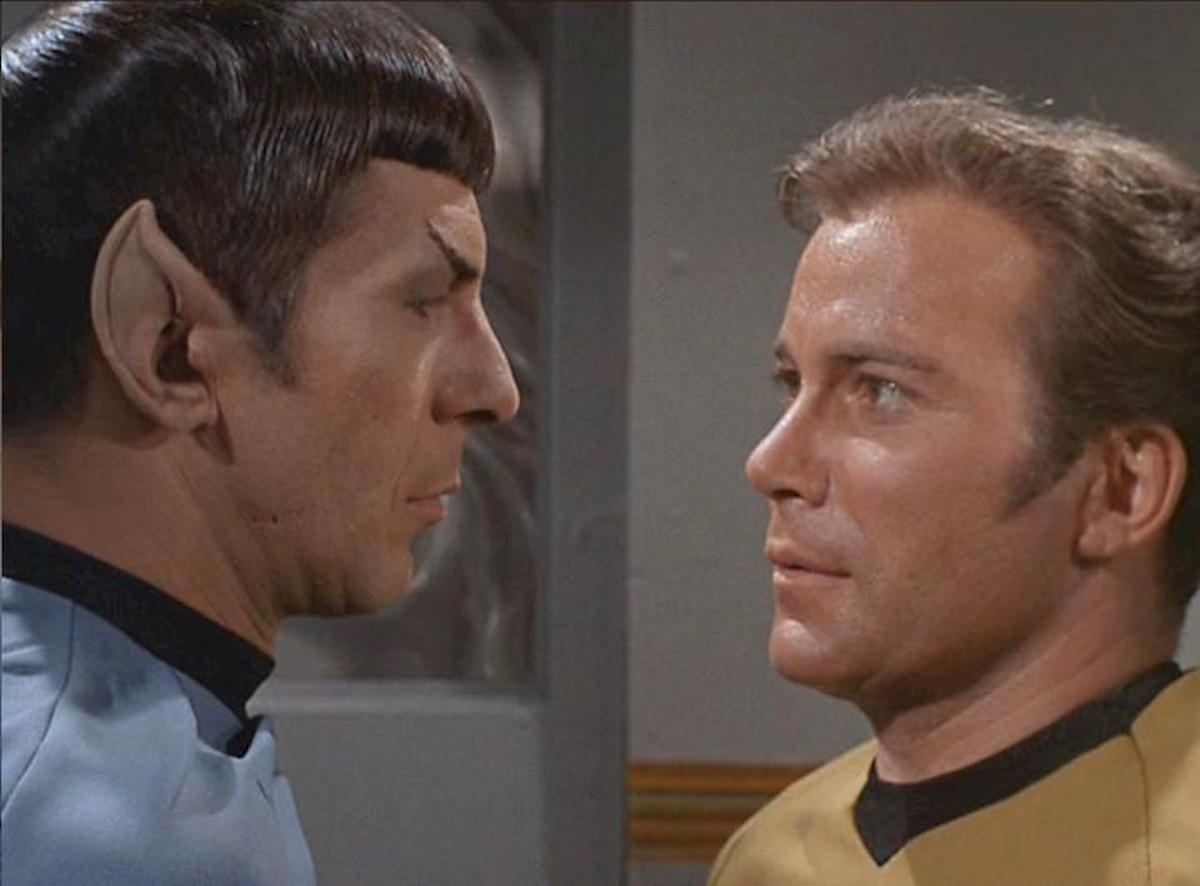History Validates Fanfiction Smut Writers—It Has Always Been Here


(Paramount)
The Atlantic had an excellent piece by Shannon Chamberlain, “Fan Fiction Was Just as Sexual in the 1700s as It Is Today,” in which she highlights the literary history of fanfiction smut. This is a topic I’m sure many of us have opinions about. Unlike a lot of other pieces that structure the topic around the works of Dante or other “elevated fanfiction” like Paradise Lost, this looks more at how readers in the 1700s were responding to finished novels with fic as a way to “continue the adventures of their favorite characters and share those stories with other enthusiasts.” Relatable.
Gulliver’s Travels, written by Jonathan Swift, is considered in this piece to mark the beginning of this movement. Readers began to create “fan art” of Lemuel Gulliver in all of the compromising circumstances that the book alluded to, such as Gulliver getting a Lilliputian enema. Considering what Lilliputian is a play on words for … it’s very interesting and you can see that art at the Met. Remember, one day your fan art can be museum-worthy.
Alexander Pope did an entire series of poems from the perspective of Mary Gulliver, the titular hero’s wife, which is one of the most fanfic things one can do.
A lot of fanworks were made concerning two of my favorite 18th-century books, Pamela and Clarissa by Samuel Richardson. One was infamously made by his rival, Henry Fielding, who created two stories Shamela and Joseph Andrews to mock the “puritanical overtones” of Pamela.
“Fielding resolved to imagine his own Pamela, who was only pretending to be a shrinking violet to increase the desire of her lord. In Shamela, Fielding constructed an alternative set of letters where, in true sexy-supervillain fashion, Pamela and her mother lay out their plans to entrap the squire of the manor. Apparently unsated, Fielding went on to write Joseph Andrews, a full-length gender reversal in which Pamela’s naive brother resists the seduction attempts of an older, landowning lady, the original squire’s sister.”
The days before copyright were really, really odd. You could honestly make your own spin-off novel very loosely based on another text, especially if it was a parody, and just make your money based on its popularity.
Beyond just mockery, sex, and parody, fanfiction was also a way for readers to retcon the ends of texts. Going back to Richardson’s Clarissa, he wrote the novel to counter the idea that a reformed rake (18th century way of saying a f**kboy), would be the best kind of husband for a “proper” young lady. In his book, the “love interest” Robert Lovelace is a smooth-talking, charismatic man, but he’s also a rapist who uses violence and manipulation to attempt to coerce the heroine to marry him. It doesn’t work.
That didn’t stop readers from saying they thought those choices were wrong. As Chamberlain explains: “Writers were happy to depict every aspect of that decision at great length, and readers were eager to argue with them that they’d made the wrong call (as many of Richardson’s readers did when they wrote alternate endings in which Clarissa and her partner made it work).”
Fanfiction, for when other writers don’t agree the author’s OTP, has been around for a very long time.
The entire piece is excellent and I’d highly recommend checking it out. The 18th century is one of my favorite periods of literary history, so it’s super cool to look at how pre-internet fanfiction ties into the time period.
Also, guess who just helped make a video about fanfiction for PBS Digital Studios. That’s right, this f-ing nerd.
(via The Atlantic)
Want more stories like this? Become a subscriber and support the site!
—The Mary Sue has a strict comment policy that forbids, but is not limited to, personal insults toward anyone, hate speech, and trolling.—
Have a tip we should know? [email protected]
